One of the most popular chess variants, invented and popularized by world champion Bobby Fischer, chess960 (or Fischer Random chess) owes its name to the 960 possible starting positions on the board. In chess960, the position of the pieces is randomized on the back row, creating 960 potential combinations.
This eliminates many of the opening memorization and the centuries of theory associated with traditional chess. That isn’t to say the skillsets are entirely different: the best players of the Fischer Random chess variant are the same as the standard chess elite. Hikaru Nakamura and Ian Nepomniachtchi battled it out for the world championship title in 2022, with Magnus Carlsen finishing in third place, just ahead of Nodirbek Abdusattorov. This was the second official world chess championship tournament for the format.
Unlike other similar variants that involve shuffling the pieces on the back rank, Fischer Random’s ruleset ensures that both players have two bishops of opposite colors and that castling in both directions remains viable. This is how the eventual total of 960 possible positions is reached.
You can also castle in chess960, though the rules related to that can be a little confusing, sometimes even to a grandmaster. You can castle in normal ways, with the king and the rook ending up in their usual squares, with the same requirements as in traditional chess: you can’t castle through a check, into check, or out of check, and no other pieces can be between the king and the rook, and neither the king and the rook must have moved before the castling.
Some of these starting positions have a larger than usual advantage for White, with one of them offering a +1.4 advantage per Stockfish evaluation. In high-level play, like the world championship event, players are granted a set amount of time to study the randomly selected position before they start playing.
The relative lack of theory and the recent emergence of chess960 means there’s still a lot of unexplored territory in the format. While it maintains most of the complexities of traditional chess, you cannot study the openings ahead of time in a meaningful manner to get an edge on your opponents. In modern play, where elite-level players can rattle off twenty or so moves in most variations based on pure practice and memorization, this change in the ruleset ensures that the games are much more like how they used to be in the past: more about who’s got the better ideas over the board and less about preparation.



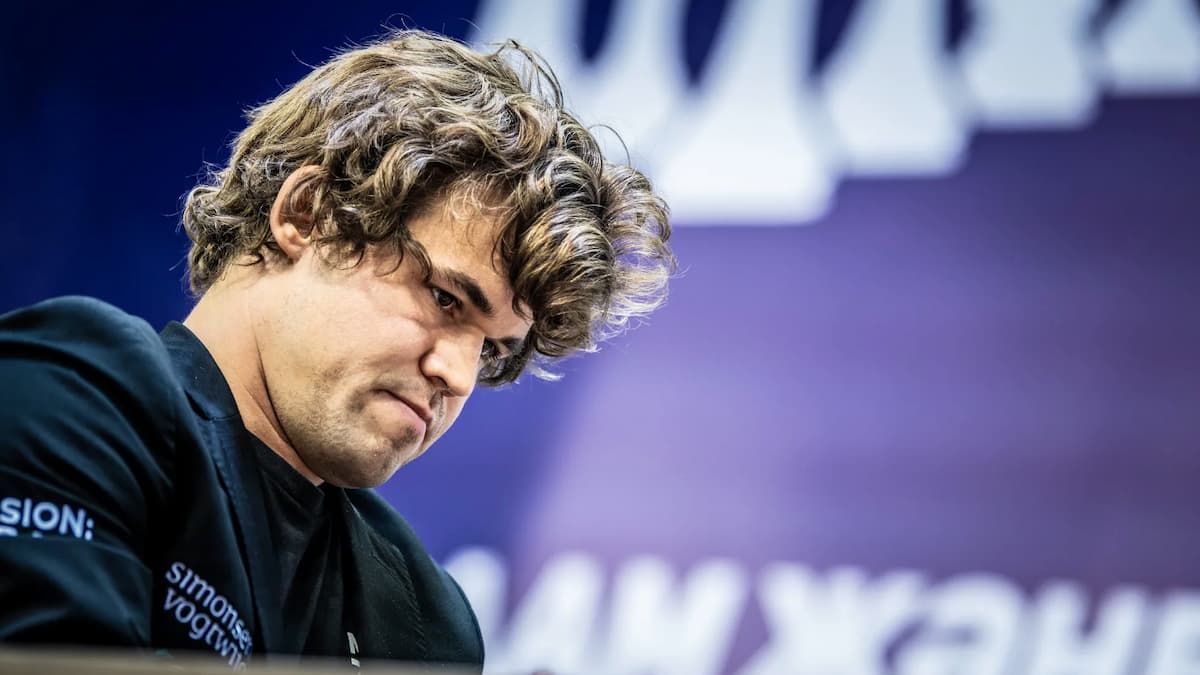
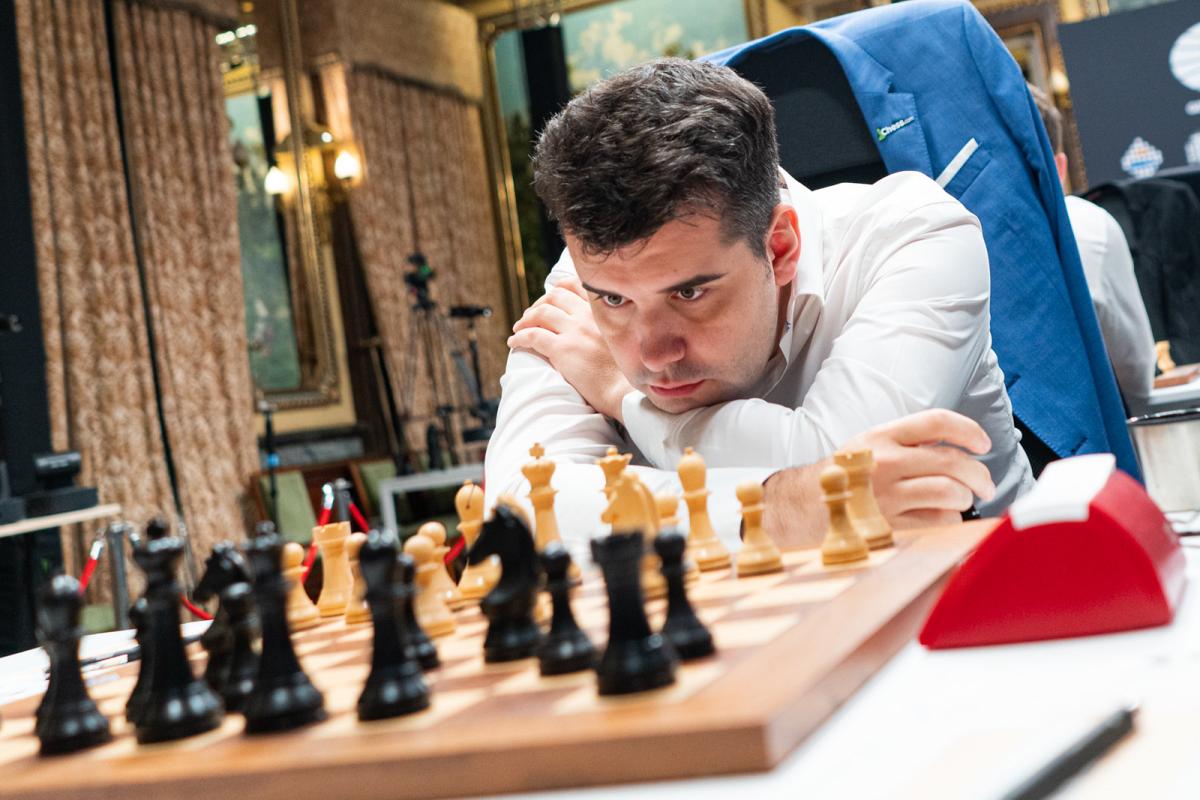
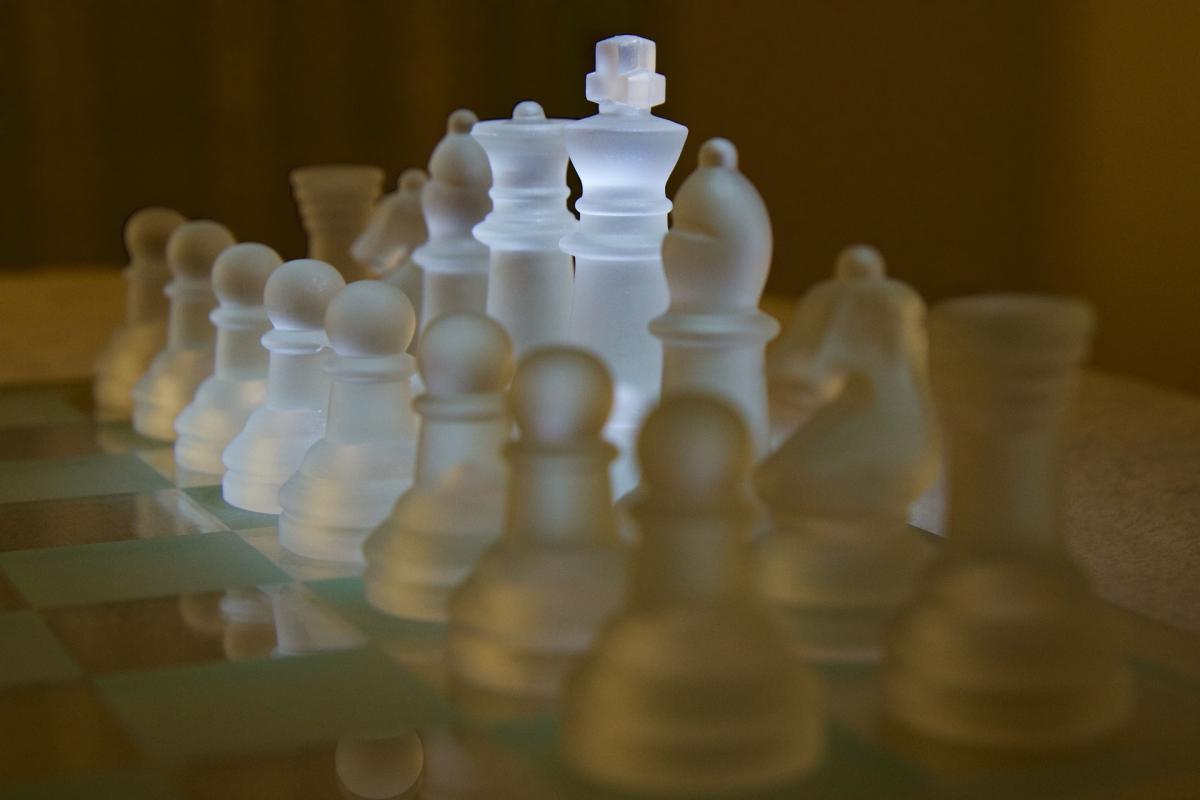

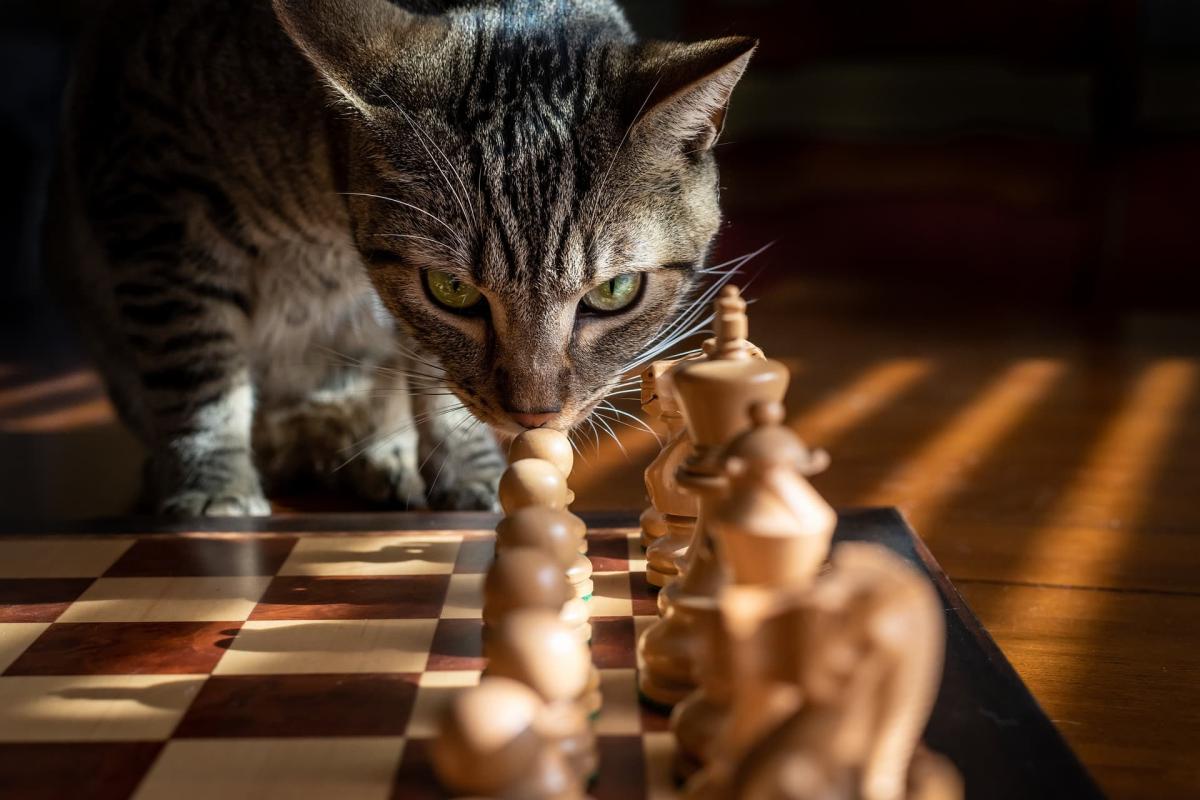
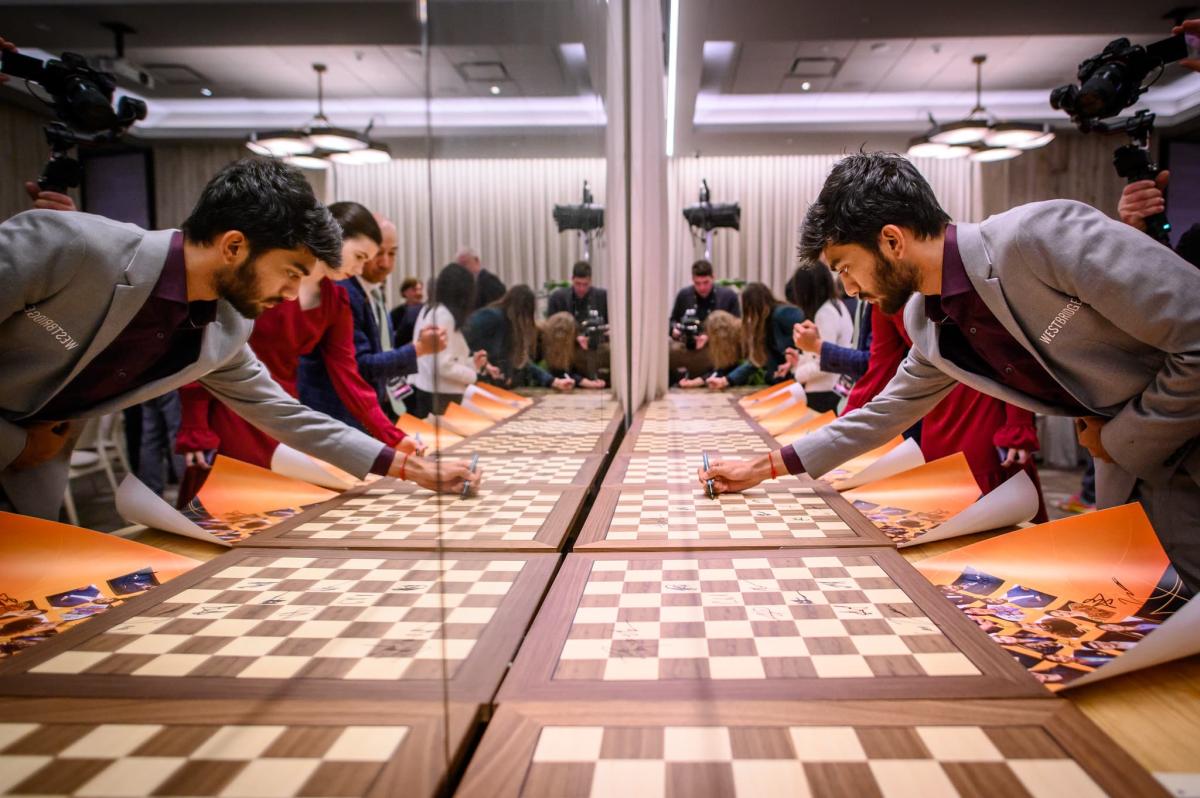
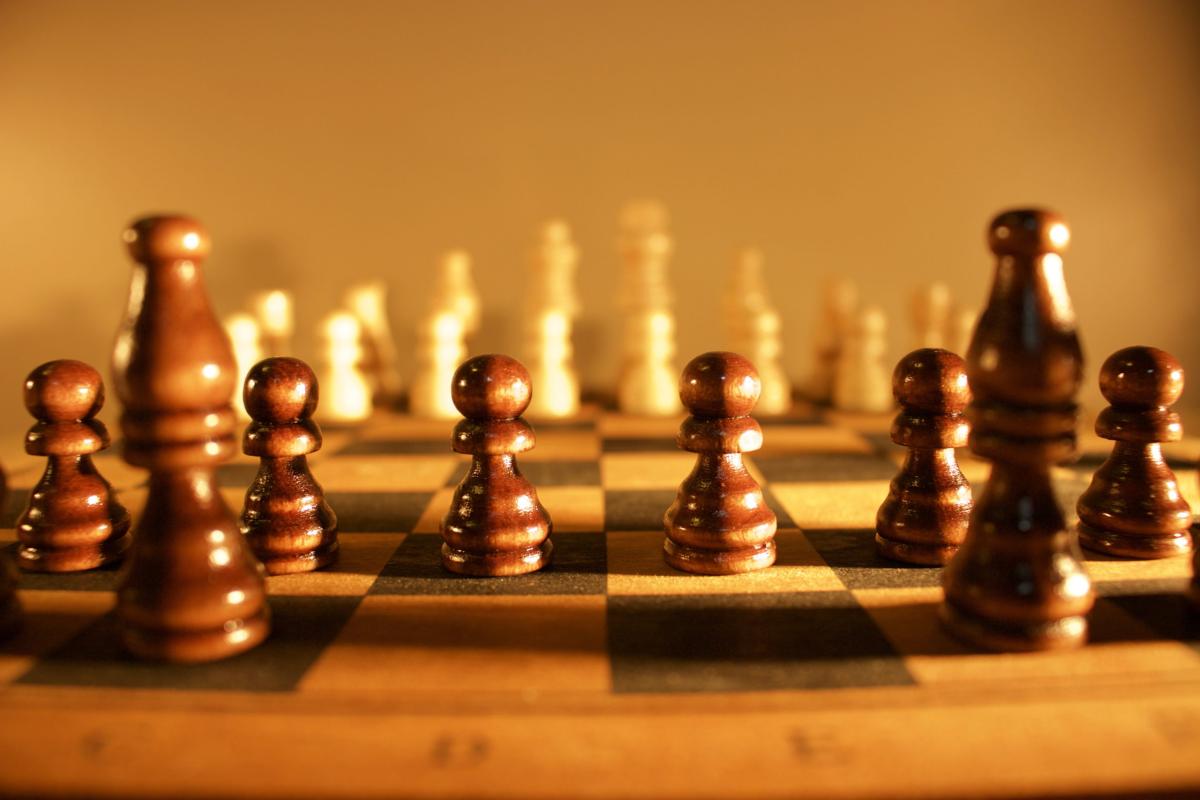
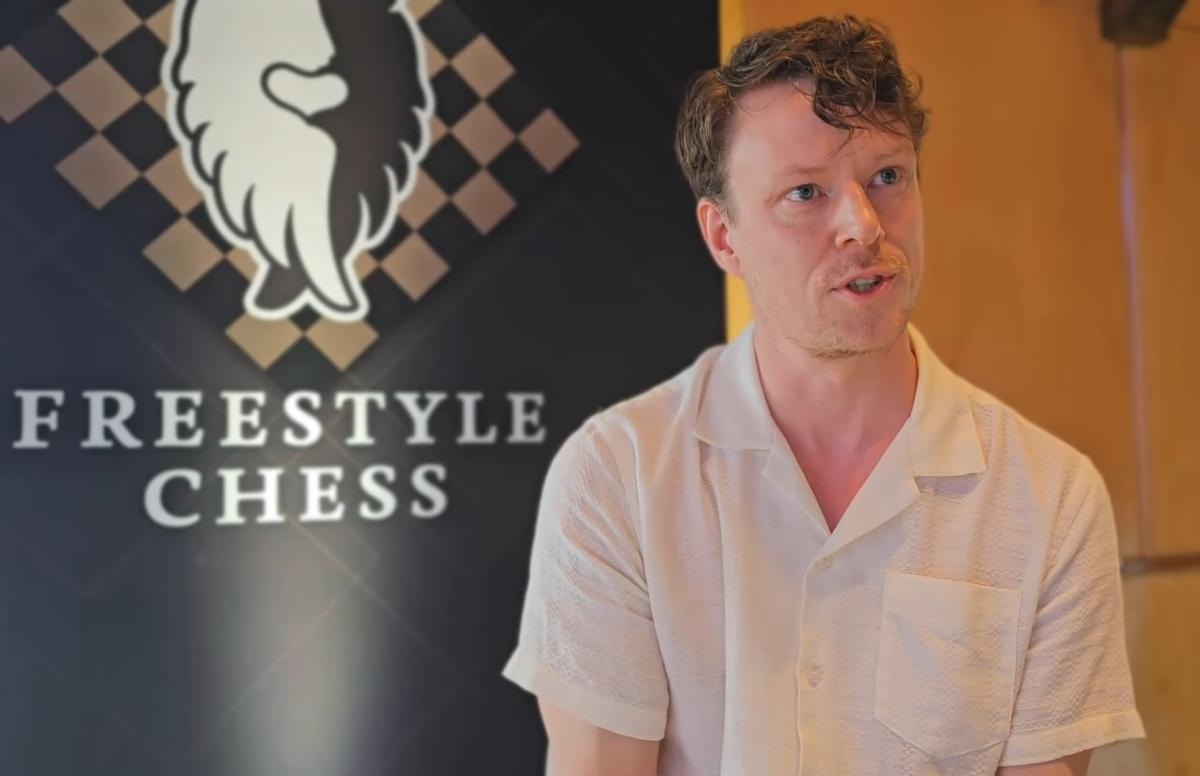

Published: Oct 30, 2022 04:41 pm